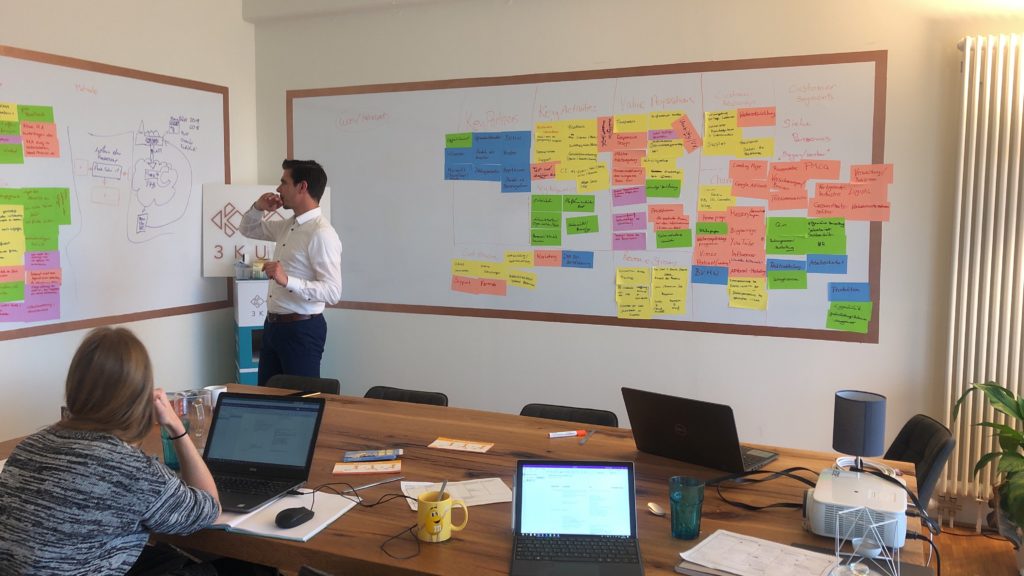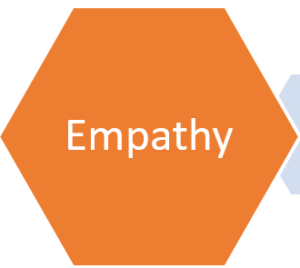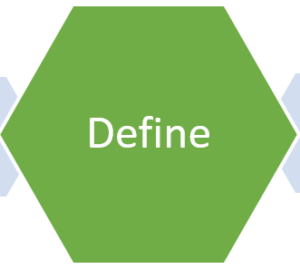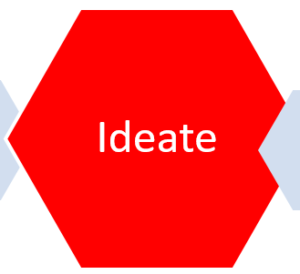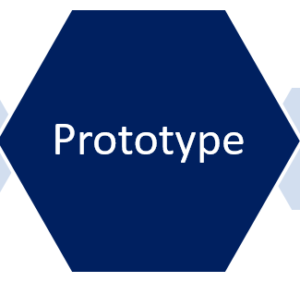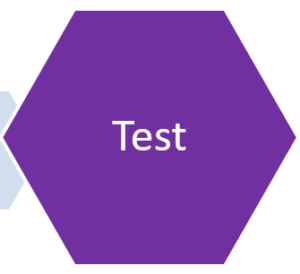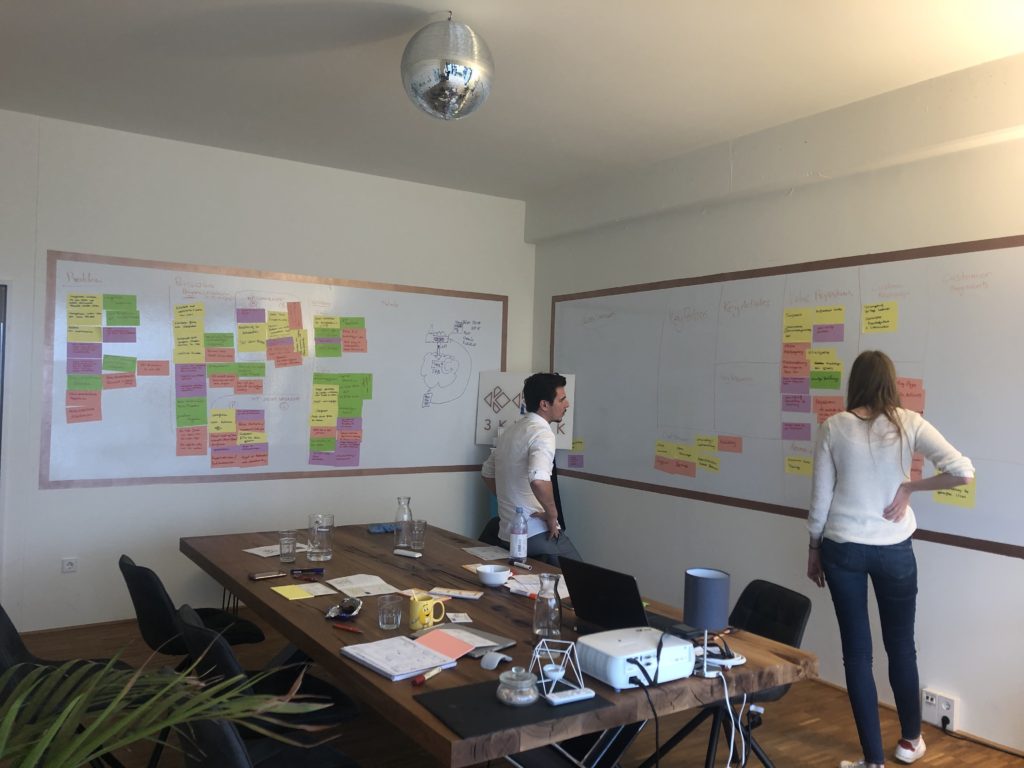Design Thinking, or Creative problem solving, is a learnable process that can be applied to any complex problem. It requires a mindset with the aim of producing innovative ideas. Design Thinking should enable companies, managers and employees to work agilely and to live creativity.
In the design thinking process, teams are guided through 5 different phases, whereby the phases are not run through linearly, but in iterative loops.
 Sensitive listening is indispensable in this process. That is he only way the user can be understood.
Sensitive listening is indispensable in this process. That is he only way the user can be understood.
The user is the most important element of the process. In the first phase, a deep understanding of the user’s wishes is developed. Attention should be paid to signals such as tone of voice, choice of words and body language. This can be achieved by various methods: Interviews, observation, forums or field studies. Invite people from different backgrounds so that you have different perspectives and get a deeper understanding of the problem.
In this phase (also known as „point of view”) the obtained results are compiled and the various points of view are defined. It´s about defining the user + Needs + Insights. It is important to note that NO ideas for solutions are generated here. A good example could be:
„Fabian is a business manager (good detail) who wants to eat healthier (verb=excellent), but doesn’t want to feel on a diet (interesting insight).
Now it’s about generating ideas. Various methods can also be used for this purpose. A widely used method is brainstorming. You can bring out the craziest and most creative ideas. The bigger the idea, the better. Because it is always easier to make a big idea smaller than a small idea big. After structuring and summarizing the ideas, the team evaluates them and selects the those with the highest value.
The brainstorming focuses on the „yes”, and „yes, and” way of thinking. Many companies instead have a „no, but” culture that doesn’t help solving anything. In this step quantity is better than quality, every idea should emerge, which is sorted out in later stages. Release your creativity and let your imagination run wild. „Just beyond crazy is fabulous!”
Prototyping involves the development of concrete solutions that should be tested on the appropriate target group. In this stage the idea or ideas should be understood and further developed. Prototypes serve as preparation and test the idea for suitability and acceptance. There are no limits to the generation of the prototype. Prepare a role play, use paper, build something out of Lego, create something!
This important step tests your ideas on your target group, from whom you get important feedback for improvements and alternatives. After this phase, you may have to jump back to previous phases or discard your idea altogether. But don’t give up, the next great idea will be waiting for you.
Tips for Successful Design Thinking.
- Interviews are a good way to put yourself in the user’s shoes.
- No judging when generating ideas: Crazy ideas can lead to great outcomes.
- Tight deadlines for the respective tasks: time pressure leads to more ideas
- The more ideas, the better
- Only use headings and keywords for your ideas, don’t formulate them too broadly
- When you brainstorm, say „yes, and” instead of „no, but“.
- Visualize your ideas according to the motto „a picture says more than a thousand words”.
- Get up, stand up! Movement leads to more creativity
- Test a lot of prototypes: The more often you fail, the more successful are you.
- Invite people with various backgrounds: This will help you to see different perspectives
In conclusion, Design Thinking is a user-centric, prototypical innovation. Everyone is creative and has the potential to be an innovator and develop ideas. Now you have a little instruction for your first Design Thinking run and can start with your team. If you would like to get deeper into the subject, we have the following book recommendations for you:
